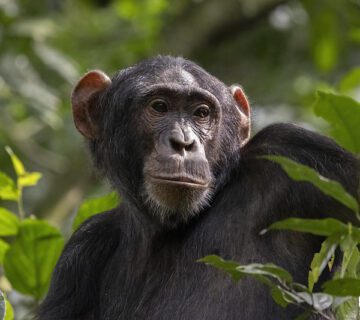Embarking on a safari in Kenya offers a once-in-a-lifetime opportunity to witness the magnificent creatures of the African savanna. The allure of spotting the Big Five—the lion, elephant, leopard, buffalo, and rhinoceros—is a major draw for wildlife enthusiasts from around the globe. In this guide, we explore the best ways to encounter these iconic animals in Kenya’s renowned wildlife reserves.
What is the best time to go on a safari in Kenya?
Optimizing your wildlife spotting experience in Kenya involves careful consideration of the timing for your safari adventure. The optimal seasons for wildlife spotting largely coincide with the dry months, from late June to October, when the animals concentrate around water sources, making them easier to observe. Conversely, the wetter months from November to May offer lush landscapes and a higher chance of seeing newborn animals.
When planning a safari tour, considering the weather patterns is crucial. Kenya experiences two main rainy seasons, the long rains from March to May and the short rains from October to December. It’s advisable to schedule your visit during the dry seasons for better wildlife viewing.
The most popular months for safari tours in Kenya are July through October, as this period aligns with the great wildebeest migration in the Masai Mara, an extraordinary wildlife spectacle that attracts both animals and visitors alike.
Where can I see lions in Kenya?
Kenya is home to several top reserves renowned for lion sightings. The Maasai Mara National Reserve and Amboseli National Park are among the best destinations for spotting these majestic big cats. Lions are highly social animals, often found in prides, and can be observed displaying fascinating social behaviors such as grooming, hunting, and rearing their cubs.
The best time of day to see lions is during the early morning or late afternoon when they are most active. Safaris often offer game drives during these times, maximizing the chances of encountering these incredible predators in their natural habitat.
How to spot elephants in Kenyan wildlife reserves?
Kenya has made commendable efforts in elephant conservation, with a number of reserves dedicated to protecting these gentle giants. Notable parks such as Amboseli, Tsavo, and Samburu provide ideal habitats and safe havens for elephants. Watering holes are favored spots for elephant sightings, offering opportunities to witness these magnificent creatures as they quench their thirst and engage in social interactions.
Furthermore, the best national parks for elephant sightings in Kenya also offer educational experiences, allowing visitors to learn about elephant behavior, their familial structures, and the ongoing conservation initiatives to safeguard them from poaching and habitat loss.
What are the best ways to encounter leopards in Kenya?
Leopards, known for their solitary and elusive nature, are a thrilling sight for safari-goers. These elusive big cats can be found in reserves such as the Samburu National Reserve and the Maasai Mara. Guided leopard tracking excursions are an exciting way to increase the chance of encountering these elusive predators, as experienced guides use their deep knowledge of the terrain and animal behavior to spot them.
For those seeking a truly unforgettable experience, twilight predator spotting offers a unique opportunity to witness these magnificent creatures as they commence their nocturnal hunting activities, adding an extra layer of thrill to the safari adventure.
Where to find buffalo and rhinoceros in Kenyan reserves?
Kenya plays a pivotal role in protecting the endangered black and white rhinos, with dedicated conservation efforts in place to safeguard these iconic species. Reserves like Lake Nakuru and Ol Pejeta Conservancy are instrumental in rhino conservation, offering visitors a chance to witness these charismatic creatures in their natural habitats.
Rhinos and buffalos are often found in the savanna and grassland habitats of Kenya, with their population trends closely monitored to ensure their survival. While the black rhino is critically endangered, efforts to protect and conserve these magnificent creatures continue, offering hope for their future in the Kenyan wilderness.



